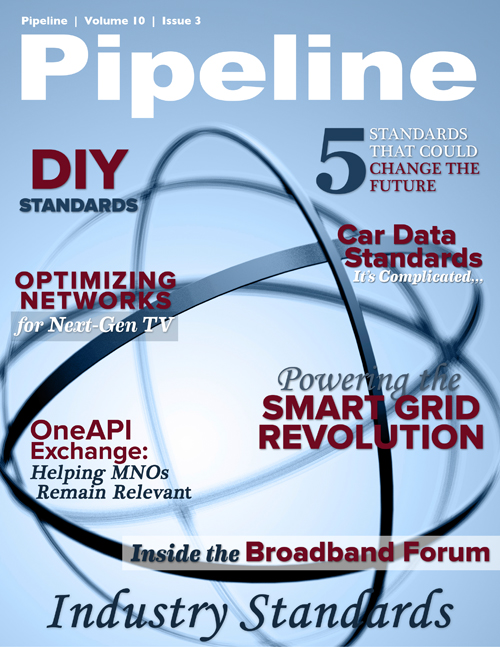Inside the Broadband Forum: Engineering the Multiservice Architecture
The requirements also include assistance for a broader range of market segments, from business and residential to wholesale and retail, and focus specifically on enhancing the user experience. The TRs support emerging as well as legacy services offered by providers, and, most importantly, they specify how a converged-broadband network architecture can aid many types of services, access and transport technologies and deployment scenarios envisioned by those providers.
|
Technical Report |
Title |
|
“Migration to Ethernet-Based Broadband Aggregation” |
|
|
“Broadband Policy Control Framework (BPCF)” |
|
|
“Broadband Multi-Service Architecture & Framework Requirements” |
|
|
“Using GPON Access in the Context of TR-101” |
|
|
“GPON-Fed TR-101 Ethernet Access Node” |
|
|
“Multi-Service Broadband Network Functional Modules and Architecture” |
|
|
“IPv6 for PPP Broadband Access” |
|
|
“Interworking Between Next-Generation Fixed and 3GPP Wireless Networks” |
|
|
“Layer 2 Control Mechanism for Broadband Multi-Service Architectures, Part II” |
|
|
“Technical Specifications for MPLS in Mobile Backhaul Networks” |
|
|
“Requirements for MPLS Over Aggregated Interfaces (MPLSoAI)” |
|
|
“IPv6 Transition Mechanisms for Broadband Networks” |
|
|
“Functionality Tests for Ethernet-Based Access Nodes” |
|
|
“Multi-Service Interworking—Ethernet Over MPLS” |
To help the telecommunications industry better understand this work, two marketing reports (MRs), or white papers, were also published.
|
Marketing Report |
Title |
|
“Considerations in Broadband Architecture Moving to FMC” |
|
|
“Enabling Next-Generation Transport and Services Using Unified MPLS” |
There is a great deal of additional research taking place at the Broadband Forum regarding multiservice architecture. Currently, the Forum is hard at work on a number of items:
- subscriber sessions;
- multiservice broadband network architecture and nodal requirements;
- business requirements and frameworks for software-defined networking (SDN) in broadband networks;
- network-enhanced residential gateways;
- public Wi-Fi access in multiservice BB (bandwidth broker) networks;
- the tutorial “Broadband Architecture Moving to FMC”;
- white papers titled “Next-Generation Multi-Service Architecture (Understanding TR-145)” and “Considerations in Broadband Architecture Moving to FMC.”



















